Cars today have many safety features, from lane change assist to rearview cameras and even to self-driving vehicles. Even if your vehicle isn’t the newest model, chances are you have at least one or more of the modern safety features — including anti-lock brakes.
Starting in the 1990s, the Anti-Lock Brake System (ABS) became a standard among the safety features in all modern cars. And for a good reason!
Every time you drive, you use your brakes. Anti-Lock brakes changed the way your car reacts when you have to stop quickly and forcefully. In short, ABS keeps your vehicle’s wheels from all locking up at the same time.
A car does not automatically stop just because all four tires have stopped spinning. Instead, the vehicle keeps its momentum, throwing the vehicle into a skid or a spinning motion, causing the driver to lose control of the car potentially.
One of the critical features of this braking system is that it allows your car to maintain its grip on the pavement, safely bringing your vehicle and its cargo to a halt at a safe distance. This is particularly important when bringing your car to an abrupt stop on a slippery surface. Driving on a wet surface means that the friction between all four wheels can be different. Applying the brake when the wheels have various frictional forces will produce torque and throw the vehicle into an uncontrollable spin.
To understand anti-lock brakes, let’s look a little deeper into how ABS keeps you safe when braking.

How Do an Anti-Lock Brakes Work?
ABS is part of a more extensive system known as electronic stability control (ESC), which monitors each of your vehicle’s wheels during moments of heavy braking.
With ABS, each wheel has a sensor that makes up the larger electronic stability control. If one of the ESC sensors detects that a wheel is about to lock up, it will release the brake pad on that wheel. This brake release is only for a short instant and allows the wheels to spin intermittently when braking.
Giving the brakes the ability to work independently means that a driver can steer the car safely during sudden braking, without the threat of losing control.
How to Use an Anti-Lock Braking System?
Now that you know how an ABS works, you might be asking the best way to use the system while driving. Take a look at a list of do’s and do n’t’s below to make sure that you’re practicing proper braking in your car.
Do:
- Read your driver manual to ensure you know which types of brakes you have. Know if your car has four-wheel or rear-wheel ABS.
- Do keep a safe distance between you and the ‘car in front of you. This distance will change depending on the driving conditions. If you’re driving in normal conditions, experts say that you should keep a 3-second distance from the car you’re following. If conditions are adverse, allow more space to ensure that you can react accordingly.
- Keep the brake continuously engaged when braking if you have a four-wheel ABS. Avoid pumping the brake, even if you notice that your ABS may be pulsing. If you have a rear-wheel ABS, the front wheels may lock up. In this case, ease up on the brake enough to allow wheel rotation and steer your vehicle to safety.
Don’t:
- Don’t drive irresponsibly. Having ABS should not change the way that you operate your vehicle. Remember that safety is first when driving a car.
- Don’t pump the brakes unless the situation calls for it.
- Don’t forget to steer your vehicle when stopping abruptly. Yes, ABS shortens the braking distance, but you can actively guide the car to a safer spot to avoid a collision.
Remember, without ABS, your car’s wheels can lock up. Instead of bringing the vehicle to complete stop immediately, your vehicle’s ABS allows you to continue steering the car while bringing it safely to rest. So, it’s essential to maintain them. Here’s a list of things you can do to care for your car’s ABS.
Caring for Your Vehicle’s Anti-Lock Brakes
- Always have a professional look at your brakes. Your car’s brakes are so crucial to the safety of you and those around you. If you notice a squeaking noise when applying the brakes or any other odd noise, take your car in. They may need some work or replacing.
- Watch for corrosion on the car’s brakes. Over time, rust can wreak havoc on car parts.
- Have your mechanic check on brake fluid levels. If necessary, change the brake fluid.
If you have questions about your brakes or think that your vehicle may have an issue, give us a call. We’re happy to answer any questions or take a look at your car.

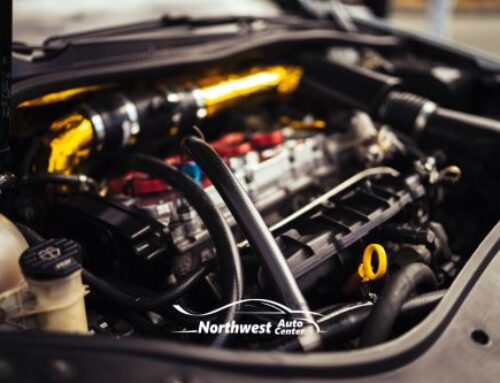
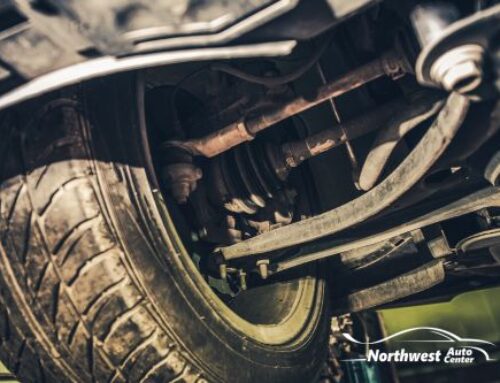
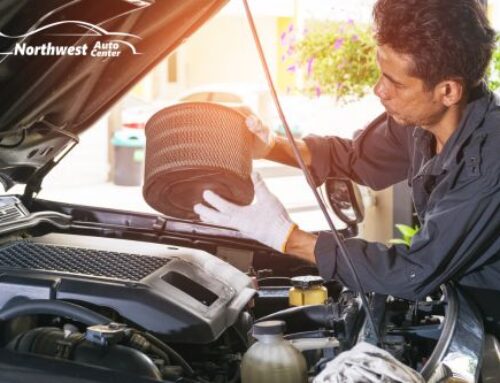
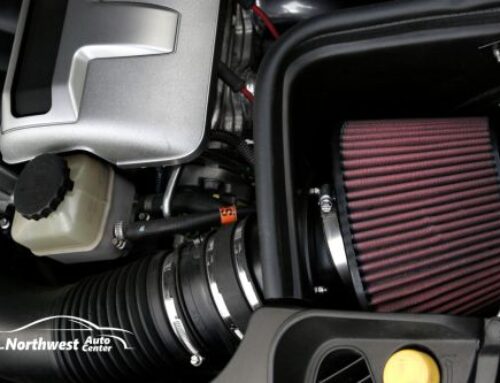
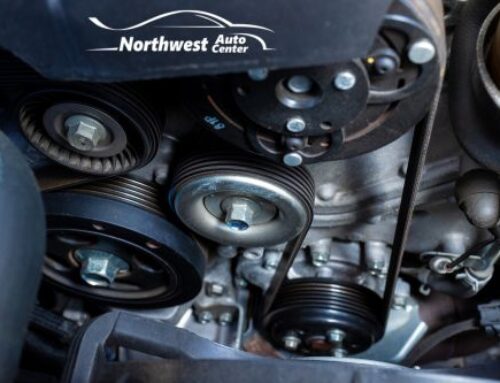
Leave A Comment
You must be logged in to post a comment.